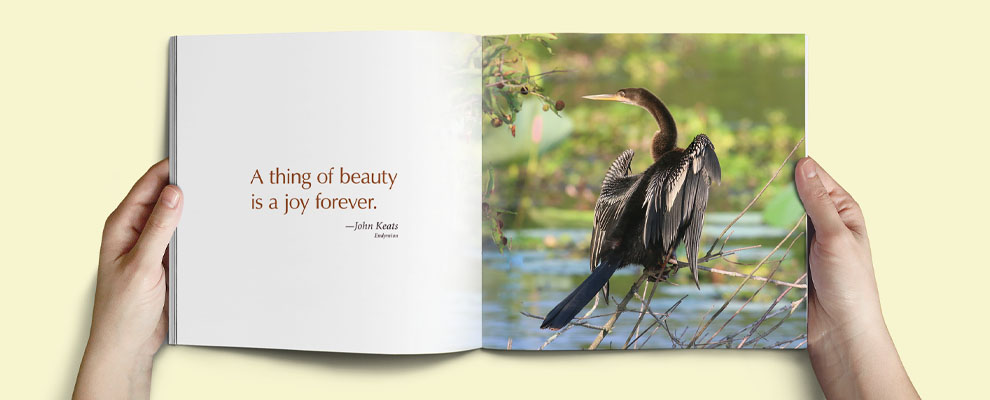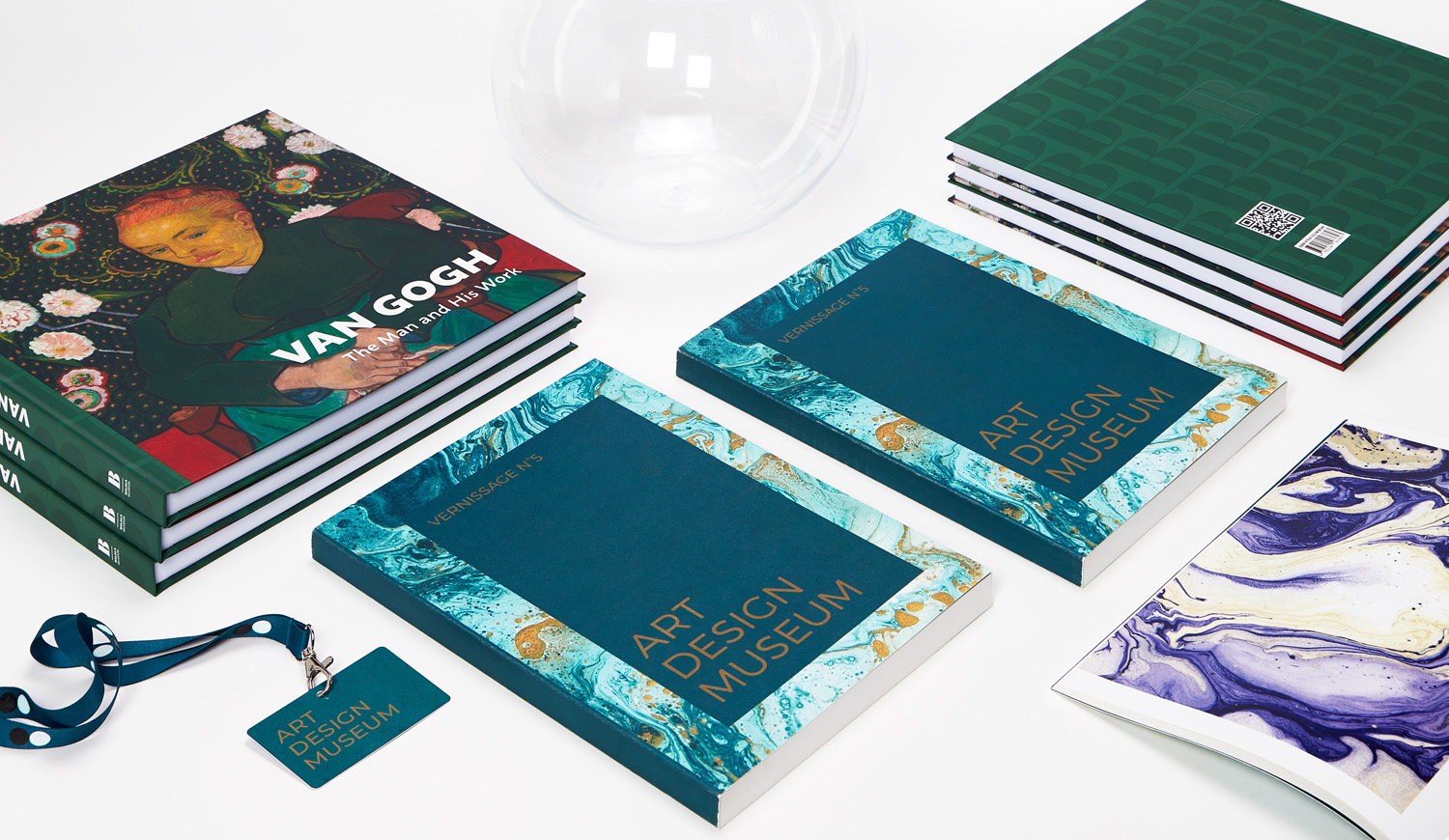The Complete Checklist for Printing a Successful art book
The Complete Checklist for Printing a Successful art book
Blog Article
Discover the Necessary Guide to Art Book Printing for Aspiring Artists and Publishers
As an aspiring artist or author, recognizing the subtleties of art book printing is vital to bringing your vision to life. What are the essential aspects you should concentrate on to create a spectacular art book that absolutely represents your job?
Comprehending Various Sorts Of Art Books
When you dive right into the globe of art publications, you'll promptly uncover that they come in various forms, each tailored to various imaginative expressions and target markets. Coffee table publications often showcase spectacular visuals, excellent for casual surfing, while essays dive deep right into a specific musician's job, giving context and insights. If you're interested in particular art movements, exhibit brochures use in-depth documentation of programs, featuring essays and critiques.
For instructional purposes, art manuals and technique publications lead you via different mediums and styles, making them important for striving artists. Limited version or artist books obscure the lines in between art and literary works, typically incorporating one-of-a-kind style aspects or hand-crafted features. Comprehending these kinds assists you establish what resonates with you and what could finest suit your target market. Each format serves its purpose, and recognizing their distinctions can enhance your art book trip.
Choosing the Right Paper and Materials
Choosing the ideal paper and materials can greatly impact the general top quality and feel of your art book. For vibrant shades and detailed details, choose for a shiny coating or a heavyweight matte paper that enhances aesthetic deepness.
Think of the weight of the paper, as well. Thicker alternatives typically lend a more professional appearance, while lighter papers can minimize printing prices. Don't ignore the binding products; a tough cover can protect your web pages and include in guide's visual.
Finally, take into consideration sustainability. Environmentally friendly choices are acquiring popularity and can reflect your values as an artist. By very carefully choosing your paper and materials, you'll guarantee that your art book not just looks great but also feels unique in the hands of your visitors.

Choosing the Finest Printing Techniques
When it involves printing your art book, choosing in between offset and digital printing can substantially influence your end product. You'll additionally intend to take right into account how paper top quality affects the total look and feeling of your artwork. Let's discover these essential printing methods to find the most effective suitable for your job.
Countered vs. Digital Printing
While both offset and electronic printing have their benefits, picking the appropriate strategy for your art book can greatly impact the last item. Countered printing supplies top quality images and dynamic colors, making it ideal for larger print runs. Eventually, your option ought to line up with your artistic vision and distribution method, making certain that your art book mirrors the top quality you desire.
Paper Quality Factors To Consider
Picking the ideal paper high quality can significantly enhance the aesthetic charm and tactile experience of your art book. For prints, a shiny finish can make images pop, while a matte coating provides a softer, extra refined look.
Following, consider the sustainability of your selection. Eco-friendly alternatives are ending up being increasingly prominent and can appeal to environmentally-conscious readers. Request samples to see just how different documents work with your art work, ensuring the last product shows your vision perfectly.
Guaranteeing Shade Accuracy in Your Prints
To accomplish spectacular prints, you require to concentrate on shade precision from the beginning. You'll desire to make use of shade calibration strategies to confirm your screen and printer remain in sync. Additionally, proofing your job prior to the final print run can help catch any kind of discrepancies, ensuring your art looks simply as you envisioned.
Color Calibration Methods
Guaranteeing color accuracy in your prints begins with reliable color calibration methods that help maintain consistency between your electronic photos and last published products. Adjust your monitor using hardware calibration tools to attain the ideal shade representation. This confirms that what you see on-screen matches what obtains printed. Next off, choose a shade account suited for your printing process, like CMYK for print materials. Frequently examine your printer's setups and keep it to avoid shade changes. It's additionally necessary to use premium paper that matches your inks, as different surfaces can significantly impact shade outcome. By constantly using these methods, you'll enhance the overall quality of your art prints and better convey your useful reference artistic vision.
Proofing for Precision
While you may think your electronic photos await print, proofing is crucial for accomplishing color precision. Before committing to a complete print run, constantly request an evidence from your printer. This enables you to see how shades equate from display to paper. Contrast the proof with your adjusted screen to spot any kind of disparities. Focus on saturation, brightness, and tone, as these aspects can considerably impact your end product.
If adjustments are required, communicate clearly with your printer concerning your desired end results. Don't think twice to demand multiple proofs if needed; it's worth the investment to obtain it. Ultimately, detailed proofing guarantees that your art work is stood for as you envisioned it, keeping your artistic stability throughout the printing procedure.

Designing Layouts That Enhance Your Art Work
When you make formats for your art book, it's vital to contemplate how each aspect communicates with your art work. Go for an equilibrium in between visuals and message, making certain neither outweighes the other. Use white space strategically; it gives your art work area to take a breath and accentuates its information.
Take into consideration the circulation of your book. Prepare photos in a method that guides the reader's eye, creating a narrative or thematic development. art book. Vary the sizes and orientations of your art work to maintain the format vibrant and intriguing
Select typefaces that match your artwork without distracting from it. Maintain text concise and pertinent, giving context or understanding that improves the viewer's experience.
Lastly, test various designs. Publish samples to see how the designs convert theoretically, and adjust as required. By attentively developing your layouts, you'll create an aesthetically appealing art book that resonates with your target market.
Binding Choices for a Professional End Up
Picking the right binding choice can significantly influence the general presentation of your art book. You'll desire to think about both looks and toughness when making your selection. Popular choices include best binding, which offers a smooth appearance and is excellent for thicker books; saddle sewing, suitable for smaller sized booklets; and spiral binding, which permits pages to lay level for easy watching.
If you're going for a premium feel, situation binding is an excellent selection, supplying a durable cover click here for more and a professional appearance (art book). Don't neglect about the cover material; alternatives like cloth, natural leather, or a glossy surface can boost your book's appeal
Whatever choice you pick, make sure it enhances your artwork and improves the viewers's experience. Take your time to weigh the benefits and drawbacks of each approach, so your final product shows the top quality of your creative vision.
Preparing Your Apply For Publish Preparedness
To guarantee your art book is print-ready, you'll need to pay attention to file prep work. Beginning by More Info establishing your file dimension to match your wanted print measurements. Use high-resolution pictures-- 300 DPI is the criterion-- to ascertain sharp, dynamic visuals. Transform your documents to CMYK setting, as this color room is ideal for printing. Don't forget to include bleed locations, usually an extra 0.125 inches around your pages, to avoid any kind of white sides after cutting.
Think about creating a proof to assess prior to the final print run. Following these actions will certainly help you achieve a sleek, expert art book.
Frequently Asked Inquiries
What Is the Typical Cost of Publishing an Art Book?
The standard cost of printing an art book differs, however you can anticipate to pay anywhere from $5 to $20 per copy, depending upon factors like size, paper high quality, and printing quantity.
Exactly How Can I Find a Reliable Printing Business?
To find a reputable printing business, begin by investigating on-line reviews and asking other artists for recommendations. Compare quotes, examine portfolios, and communicate your needs plainly to guarantee they understand your vision and quality assumptions.
What Is the Typical Turn-around Time for Printing?
The common turn-around time for printing varies however typically varies from one to four weeks. Aspects like task complexity and quantity can affect this. Constantly confirm with your selected printer for specific timelines and expectations.
Can I Print My Art Book in Limited Quantities?
Yes, you can definitely print your art book in limited quantities. Several printing companies use short-run alternatives, allowing you to create just the number you need, making it less complicated to manage expenses and stock.
What Lawful Considerations Should I Know for My Art Book?
You need to think about copyright, licensing contracts, and version releases when creating your art book. Make sure you deserve to utilize all images and text, safeguarding on your own from possible lawful concerns later on.
Report this page